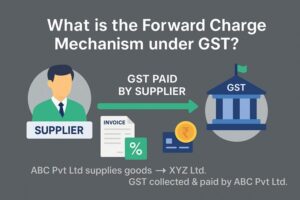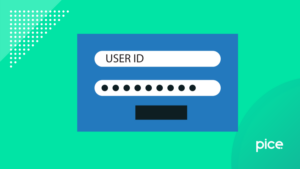HSN Code is Mandatory for GSTR-1: Phase III Updates 2025
- 23 Oct 25
- 8 mins
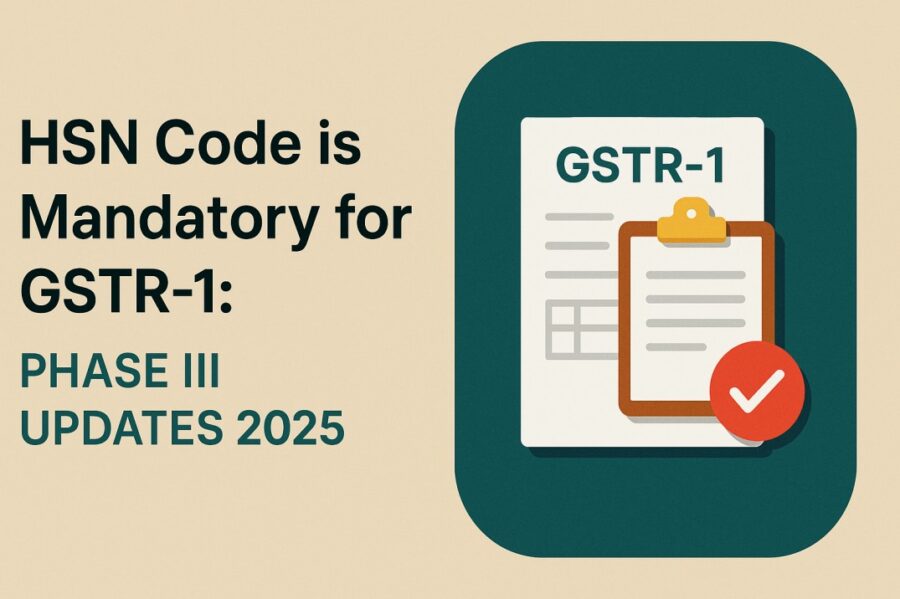
HSN Code is Mandatory for GSTR-1: Phase III Updates 2025
Key Takeaways
- From January 2025, manual entry of HSN codes in GSTR-1 Table 12 is not allowed; taxpayers must choose codes from a predefined drop-down list.
- Businesses with AATO up to ₹5 crore must report 4-digit HSN codes, while those above ₹5 crore must report 6-digit HSN codes.
- Phase III introduces auto-populated HSN descriptions, ensuring accuracy and consistency in GST return filing.
- Table 12 of GSTR-1 now has separate B2B and B2C tabs with validation checks to reduce filing errors.
- From April–May 2025, GSTN requires reporting in Table 12 and Table 13 with mandatory dropdown HSN selection for all taxpayers.
There have been several changes in the GST system to make tax filing easier and reduce filing errors. One important update concerns HSN code reporting in GSTR-1, particularly in Table 12. HSN code is mandatory for GST compliance, so businesses must now be cautious and ensure accurate tax reporting. Phase III of HSN code checking started in January 2025.
In this article, we will explain how these changes were made step by step, share the latest updates and outline the current rules for reporting in Table 12 of GSTR-1.
What do HSN Codes Stand for?
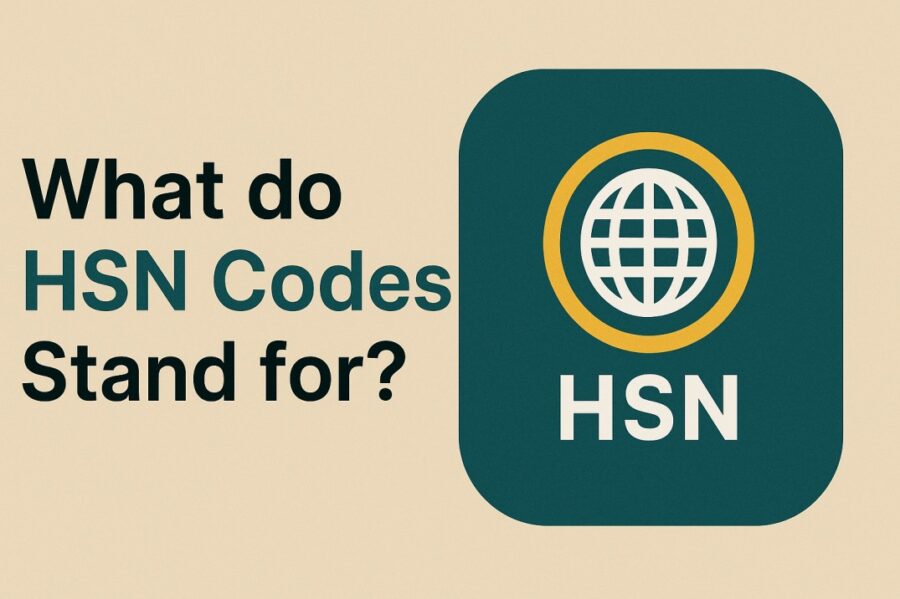
Harmonised System of Nomenclature is what the HSN code stands for. Businesses across the globe use this 6-digit code to classify more than 5,000 products systematically. The World Customs Organisation (WCO) created these codes in 1988. It helps create a standard system to classify and name goods.
The HSN system has 1,244 headings, 5,224 subheadings, 99 chapters and 21 sections. Headings and subheadings give detailed product descriptions, while sections and chapters show broader groups.
● HSN Worldwide
More than 200 countries use the HSN system to gather data on international trade and customs tariffs. Over 98% of the goods traded globally are classified using these codes. Even though most countries use the same HSN, some might have minor variations depending on the kind of product.
● HSN in India
India initially employed 6-digit HSN codes for Customs and Central Excise but later, extended them to 8-digit codes for a more thorough classification.
Phase-Wise Implementation of HSN Reporting
The HSN code is mandatory for GST and accurate reporting of tax. This was done to make the transition simpler and to give enough time for taxpayers to get used to it. Below is a simple summary of each step:
- Initial Phase/Phase I
The GSTN made code reporting mandatory and started it in a step-by-step way. In the beginning, before 2020, HSN reporting was optional for small businesses with low turnover. Initially, it was required only for businesses with higher turnover. Later, authorities identified this as a significant gap in the GST system, so they introduced new rules to address it.
The key points of the new rule are:
● Taxpayers with Aggregate Annual Turnover (AATO) up to ₹5 crore had to report 4-digit HSN codes.
● Taxpayers with AATO above ₹5 crore had to report 6-digit HSN codes.
● The system allowed manual entry of the codes.
● Warnings were given for wrong entries, but filing was not blocked.
- Mandatory HSN Reporting/Phase II (Effective 1st November 2022)
In the second phase, starting from 1st November 2022, code reporting requirements became more strict. The GST system added stronger checks and gave warnings if wrong HSN codes were entered. Manual entry was still allowed, but the system would show alerts to help businesses report correctly.
Key points of this phase:
● Businesses with AATO above ₹5 crore had to report 6-digit HSN codes in Table 12 of GSTR-1.
● Businesses with AATO up to ₹5 crore had to report 4-digit HSN codes.
● Manual entry was allowed, but the system gave warnings for incorrect or manually entered codes.
● Filing was not blocked, even if alerts appeared.
- Enhanced HSN Reporting/Phase III
From January 2025, the GST system will move to the third phase of HSN reporting with important changes. The system does not permit manual entry of HSN codes anymore. Taxpayers must now select codes from a predefined drop-down list, which will help reduce mistakes and improve accuracy.
Key changes in this phase:
● For businesses with AATO up to ₹5 crore:
○ Must report 4-digit HSN codes for goods and services.
○ You must select codes from a drop-down list, the system does not allow manual entry.
○ he correct description will appear automatically.
● For businesses with AATO above ₹5 crore:
○ Must report 6-digit HSN codes in the same way.
Also, the system has now split Table 12 into B2B and B2C tabs and will automatically check the reported amounts to prevent errors. If it finds differences, it will display warnings, but it will not block filing.
Other Changes in Phase III
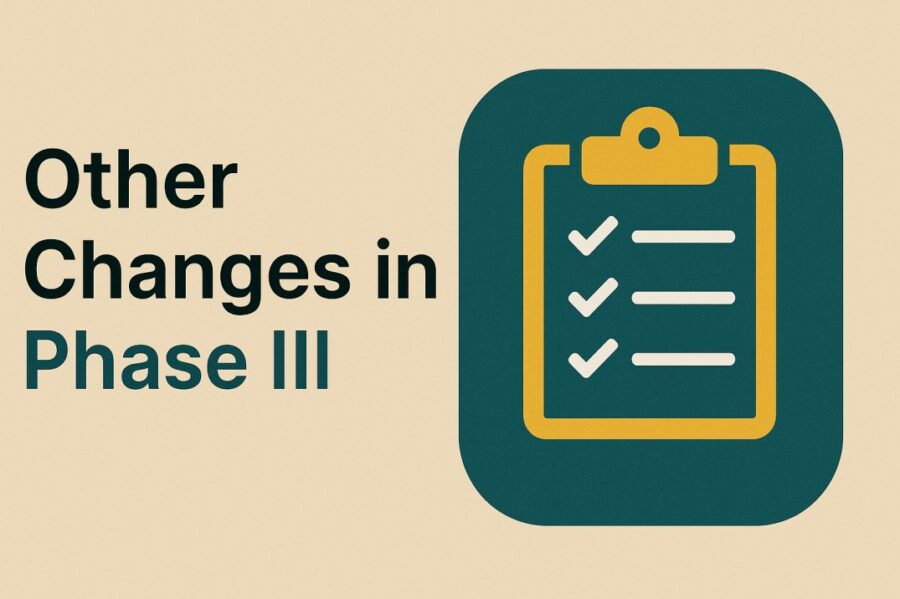
The significant changes in Phase III of this mandatory reporting are as follows:
● Auto-Populated Descriptions
On choosing an HSN code, a personalised description from the HSN master will automatically enter into a new field called "Description as per HSN Code", guaranteeing accuracy and consistency.
● Separate Tabs for B2B and B2C Supplies
To enable distinct reporting in phases, the system has split Table 12 into separate sections for reporting B2B Supplies and B2C Supplies.
● Validation Mechanisms
The system compares the tax amounts and supply values entered in both tabs with other tables in GSTR-1, to guarantee consistency. The system warns users of any discrepancies, but it does not halt the filing process. These modifications help to lower errors and HSN-wise summary.
● Improvements
List of Downloadable HSN Codes: Taxpayers can now obtain an updated list of HSN and SAC codes, along with descriptions, by clicking on the new 'Download HSN Codes List' button.
Searchable Product Names: Taxpayers can choose these codes more easily by using the 'Product Name as in My Master' feature, which enables them to search and auto-populate information.
Modifications to the HSN Code and Document Reporting (April–May 2025)
GSTN updated Table 12 in GSTR-1 and GSTR-1A as of April 2025. Taxpayers must now report B2B and B2C supplies separately and choose HSN codes from a predefined dropdown list to prevent errors, the system does not permit manual entry.
Reporting in Table 13 will also be required as of May 2025. Details of every document issued during the tax period must be provided by the taxpayer. The goal of these changes is to increase GST filings' precision and uniformity.
Conclusion
Since the HSN Code is mandatory for GST compliance, hence such changes in annual reporting of GST reduce filings with errors. It also enhances GST reporting as part of tax-based reporting to be standard and accurate.
Taxpayers must observe the reporting requirements to avoid problems such as errors made during return filing. Since February 2025, these reporting rules have been assisting in the development of a smoother and more transparent GST system.
💡If you want to streamline your payment and make GST payments via credit, debit card or UPI, consider using the PICE App. Explore the PICE App today and take your business to new heights.
FAQs
What is an HSN code in GST?
What are the Phase III changes in HSN code reporting under GST?
No manual entry of HSN codes (dropdown selection only).
Auto-populated product descriptions.
Separate B2B and B2C tabs in Table 12.
Validation checks to minimise errors.
These changes aim to improve accuracy and consistency in GST return filing.
 By
By 








